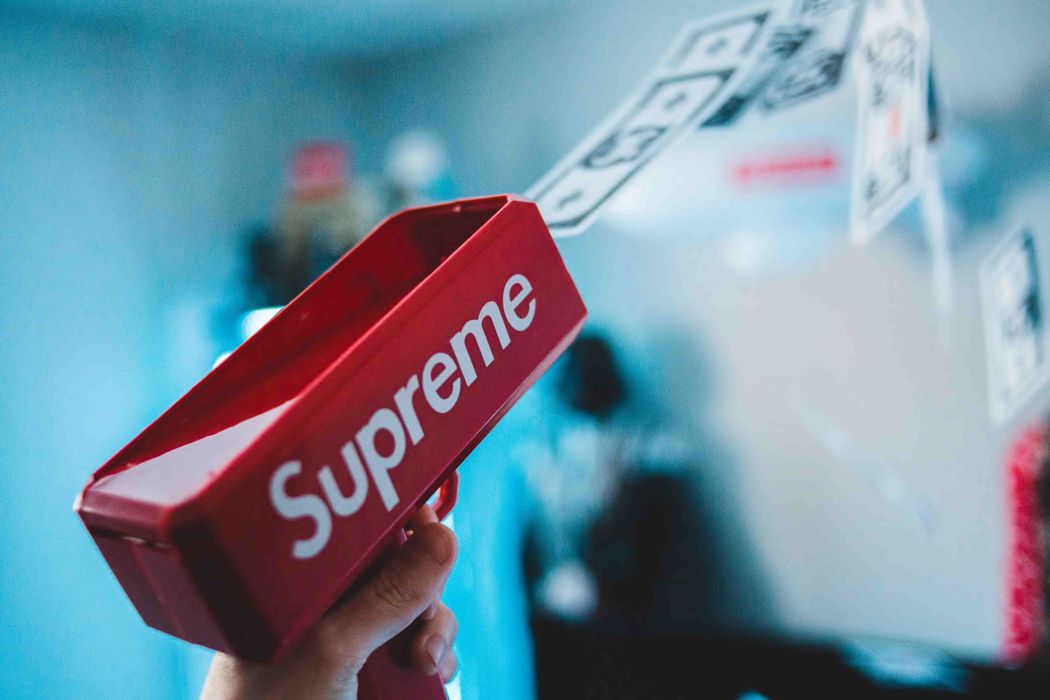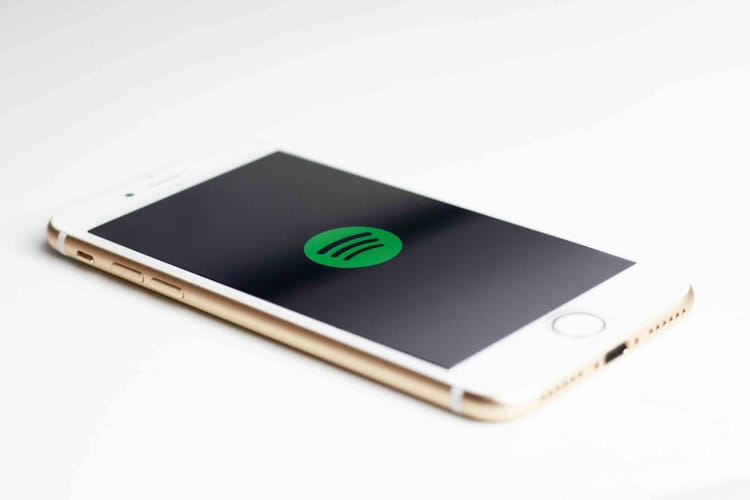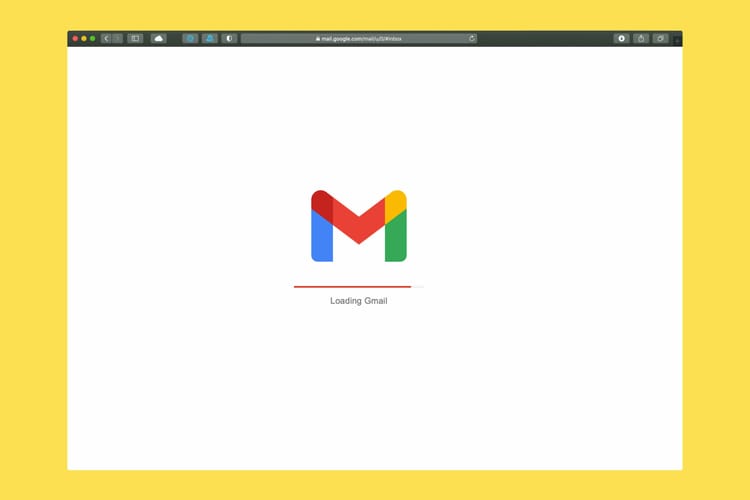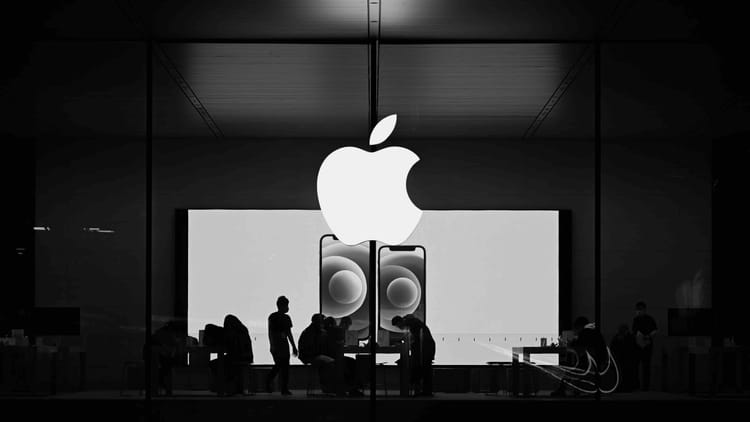Let’s not sugar coat it. Securing podcast sponsorships is the primary way to monetise your content. It’s the most established way to generate a financial return from the hours you spend creating, producing, and editing your show.
But what does it actually take for sponsors to want to work with you? And how do you even go about making those first steps towards sealing your first podcast sponsorship deal? In this article we’ll cover:
- Minimum listenership numbers for sponsorship
- 3 main types of podcast ads
- Podcast ad placement options
- How payment works
- How to find potential sponsors
- How to pitch to sponsors (w/ email templates)
- Platforms and services to help you secure sponsors

Book Your Next Podcast Guest the Easy Way
With more than 40,000 members, MatchMaker.fm is the largest online community connecting podcasters & guests.
Join MatchMaker todayIt's free to join!
How Many Listeners / Downloads Do You Need to Get Podcast Sponsors?
For sponsors to notice your podcast, and want to actually advertise their product or service on it, you’ll need to have a somewhat established audience. A pool of regular listeners you can count on to tune in to every episode.
Getting to this point isn’t an easy thing to do. It usually takes somewhere between 12 and 24 months for shows to see this much growth. Unless you’re a celebrity with a dedicated fan base, that is. In which case you’ll see your audience grow at a much faster rate. If you’re not already a big name, it takes time, dedication, and a consistent publishing schedule.
Podcast sponsors will predominantly look at your metrics when deciding if you’re the right partner for them. You should be ready to communicate your download stats and listening figures within 30 days of each episode’s publication. This will give brands a realistic overview of how your show performs. Try to keep on top of your data where possible, so it’s always to hand when needed.
Use the rough benchmark figures below to assess where you are in terms of qualifying for podcast sponsorship. These aren’t set-in-stone, but can be used as a general rule of thumb.
- 1000 regular listeners - You should be able to start looking for sponsors, but it might be tough to persuade them to team up with you.
- 2000 regular listeners - You should be able to find smaller, online brands willing to at least sponsor individual episodes.
- 5000 regular listeners - You should be able to secure regular, repeat sponsorships with smaller online brands and retailers.
- 10,000+ regular listeners - You should now be able to start generating meaningful ad revenue that fully offsets the cost of production via dynamic and host-read ads (more on this later).
3 Different Types of Podcast Ads
So once you’ve built up your listenership, it’s time to have a think about which podcast ads will best suit your show. There are 3 different types to consider. Remember you want listeners to take action, so working out which format will resonate the most with your audience is key.
1. Host-Read Ads
Surprisingly enough, a host-read ad is where the podcast host personally talks about the product or service being advertised. These are the most favoured types of ad, and they take advantage of the intimate host-to-listener relationship. Having the host talk about why they love this product gives the ad extra authority - it’s much more genuine and trustworthy than an ad script read by a voiceover artist. Plus if done well, host-read ads will fit right in with the overall flow of the episode. And if done really well, the listener may not even realise it’s an ad.
Sal Di Stefano, host of Mind Pump, recently spoke about how he chooses which brands to work with. He touched on the host-to-listener responsibility that comes with podcast advertising, saying:
We (the host) need to like the product. It has to be something we would use, and it has to align with our values and integrities. It also has to provide value to our audience, and if it doesn’t, we’re not going to work with you.
2. Dynamic Ads
Dynamic ads are a bit different. Instead of the podcaster personally recommending a product, they’ll mark where in the episode an ad can be placed when uploading it to their chosen hosting platform. The hosting platform will then serve the listener an ad that it deems to be relevant based on their personal information (location, age, gender etc). Because dynamic ads can often interrupt an episode’s flow, they run the risk of annoying the listener. It’s also important to recognise that a dynamic ad’s CPM will be lower than that of a host-read ad. In other words, you won’t get paid as much for them. That being said they’re less time consuming, easier to set up, and don’t involve as much admin or negotiation work on your part.
3. Affiliate Programs
Affiliate programmes are great for smaller shows with engaged audiences. They’re essentially an agreement between you and a certain brand, so that for each sale you drive, you’ll receive an agreed rate of commission. You’ll usually be given a unique link to track your sales and performance. Anyone can technically set themselves up with an affiliate program, you don’t need to have a listenership of a certain size to start. Follow the link below to see the best ones for podcasters.
11 Affiliate Programs for Podcasters: How To Monetize Your Podcast?
Where in the Episode Should You Place Ads?
Different types of podcast ads out the way, the next thing to consider is where in the episode to place them. This will mostly depend on your sponsor’s preference and how much they pay you, but there are 3 options - pre-roll, mid-roll, or post-roll.
1. Pre-Roll Ads
Pre-roll ads take place before the actual episode starts. They might be the first thing the listener hears after clicking play, or somewhere in your podcast intro. Some podcasters, like Lex Fridman and Andrew Huberman only run pre-roll ads on their shows, because they prefer not to disrupt the flow of the episode’s main content with a mid-roll.
2. Mid-Roll Ads
Mid-roll ads occur during the middle of the episode. You could argue that stopping the main content to play an ad is disruptive, however they are seen as the most valuable by sponsors. This is because listeners are statistically the most engaged and invested at this point, and less likely to skip the ad. And as a result, podcasters are able to charge sponsors the biggest fee to play a mid-roll ad.
3. Post-Roll Ads
The third option is a post-roll ad, which takes place after the episode has finished. Because the majority of listeners don’t listen all the way to the very end of an episode, they’re an unpopular slot. Not many podcasters run them, and not many sponsors will pay much for them. This makes them the cheapest ad to charge for, and overall, they’re unlikely to generate much revenue for the advertiser compared to pre and mid-roll placement.
How Does Podcast Sponsorship Payment Work?
In terms of billing and receiving payment for your podcast sponsorship work, there are 2 different models to go off. CPM (Cost Per Mile) and CPA (Cost Per Action). Again, the one you use will depend on the terms agreed between you and the brand you’re working with. Here’s how each option works:
CPM
CPM = ad cost per 1000 listens
The CPM model scales according to how many downloads an individual podcast episode receives. So an episode with 10k downloads will generate ten times more revenue than an episode with 1k downloads. This has become the standard operating model in the industry. Revenue is not tied to sales conversions. So for example, even if a show has 40,000 regular listeners but only 200 of them actually buy the advertised product, it’ll have no effect on how much the host receives. They’ll still be paid in full (but the sponsor may choose to discontinue advertising on the show due to poor performance).
CPM rates differ depending on the type of ad. So a host-read ad will have a higher cost than a dynamic ad. To give you an idea, the industry standard rate of a 60 second host-read mid-roll is $25 CPM. For a 60 second dynamic mid-roll, it’s $22 CPM.
CPA
CPA = ad cost per generated sale
Unlike CPM, the CPA model solely relies on the advertisement’s results. This means that the podcast host will get paid for every sale their ad drives. This is known as affiliate advertising - you provide listeners with a link, and every time someone clicks that link and buys the product, you’re compensated for it. So to put this into perspective, if your show only has 1,000 regular listeners but 50 of them buy the advertised product, you’ll be paid 50x your CPA rate. This makes this model much better for smaller shows with highly engaged audiences.
How to Find Well-Fitting Podcast Sponsors
It’s important to have an idea of which sponsors are the right fit for your podcast. Don’t just go with any brand for money’s sake. You’ll have worked hard to build rapport with your listeners, so serving them irrelevant and unrelatable ads will only put that at jeopardy. Which products and services would they genuinely be interested in hearing about?
The 4 tips below will help you draw up a list of potential sponsors that fit your own brand. Keeping a list of opportunities with contact details in a spreadsheet will make things much easier when you begin the outreach process.
Tip #1: Listen to Other Podcasts in Your Niche
Which other podcasts in your niche are currently running ads? Which brands are they promoting? Jot them down in your spreadsheet. You could even message other podcast hosts to ask how their sponsorships came about. They might not reply, but it’s definitely worth a try. Either way, by approaching brands already sponsoring podcasts similar to yours, your chances of success are far higher.
Tip #2: Brainstorm Brands You’d Like to Work With
It’s also useful to have a think about which brands you’re already a fan of yourself. Listeners can tell straight away when the host is interested in what they’re talking about. You’ll naturally sound a lot more enthusiastic. Is there a specific product that you always use, and would love to tell your listeners about? If you’re not hitting the big numbers just yet, try focusing on smaller, online businesses for your first few sponsorships. They’ll be a lot more likely to want to work with you.
Tip #3: Ask Brands to Sponsor Individual Episodes
If you’re a smaller podcast and struggling to get brands to work with you, asking them to sponsor individual episodes (rather than an extended series of episodes) can get things moving in the right direction. It’s less investment for them, and with less investment comes less risk. Bear in mind this will probably result in more admin work for you, as you’ll need to find more sponsors for every episode.
Serena Louth, co-host of the Kitchen Club podcast, summed this up when talking to James Deeney over at Podcast.co last year. She said:
For brands that don’t have a lot of money, asking them to sponsor an entire season is asking a lot. So we started to ask them if they’d like to sponsor one or two episodes, and that made it a lot more accessible for them. Especially for the ones that we genuinely wanted to work with, who were smaller start-ups, and who didn’t have big advertising budgets.
Tip #4: Research Which Brands Have the Biggest Budget
Once you’ve got your list of potential sponsors and favoured brands, try to find out which ones tend to spend the most money on podcast advertising. Which ones would be a good match for your audience? Make a note of them and add them to your list.
How to Pitch to Podcast Sponsors
Once you’ve got your spreadsheet full of potential brands ready to go, it’s time to start reaching out to them. The best way to do this is via email, with your podcast media kit attached. Your media kit should tell the recipient everything they need to know about your show - listening stats, demographic information, download figures, who you’ve previously worked with, social media links, etc.
Check out our recent guide on how to create an impressive media kit
Brands are busy, especially smaller ones. So don’t be disheartened if you don’t hear back from them straight away. You can always follow-up with them again after seven days. Outreach is a numbers game, as success rates are often around 5 - 10%.
To help you out, we’ve put together some free email templates for you to use when liaising with sponsors. One is for your initial outreach, and the other is for following up.
Podcast Sponsorship Outreach Email Template
Hi X,
Introduce yourself - [give the recipient a bit of context about who you are, your podcast, and your area of expertise]
I’ve been following your [insert brand’s name] for a while, and think we could work really well together. [Let them know why you think you’d work well together, and how they’d benefit from it].
My podcast covers X and Y. There’s more information in my media kit, as well as all the relevant download numbers, audience insights, and more. Please feel free to fire back some questions if there’s anything you’re not sure about: [provide link the media kit]
You can also find me on the following social media channels.
- [Insert link to Instagram page]
- [Insert link to Twitter page]
- Insert link to LinkedIn page]
- [Insert links to any other relevant social media feeds]
Let me know your thoughts!
[Your name]
Sponsorship Follow-Up Email Template
Hi X,
I appreciate you’re busy, but just wanted to send you a quick follow up email from last week. Have you had a chance to consider my podcast sponsorship proposal?
No worries if now isn’t the right time - hopefully there’s potential to work together in future.
Again, feel free to fire back any questions!
[Your name]
Podcast Sponsorship Platforms & Services
If you haven’t got heaps of time to spend finding and pitching podcast sponsors, there are third party services that will connect you with brands on your behalf. They’re best suited to mid-level podcasters with built-up audiences, so might not be the best option if you’re a smaller show.
As with anything, ad platforms have their pros and cons. They’ll save you a lot of admin work for a start, leaving you with more time for actually producing content. On the other hand, they’re not free and will take a cut of any earnings you make. RedCircle and Podcorn are the two most popular platforms offering this service.
RedCircle
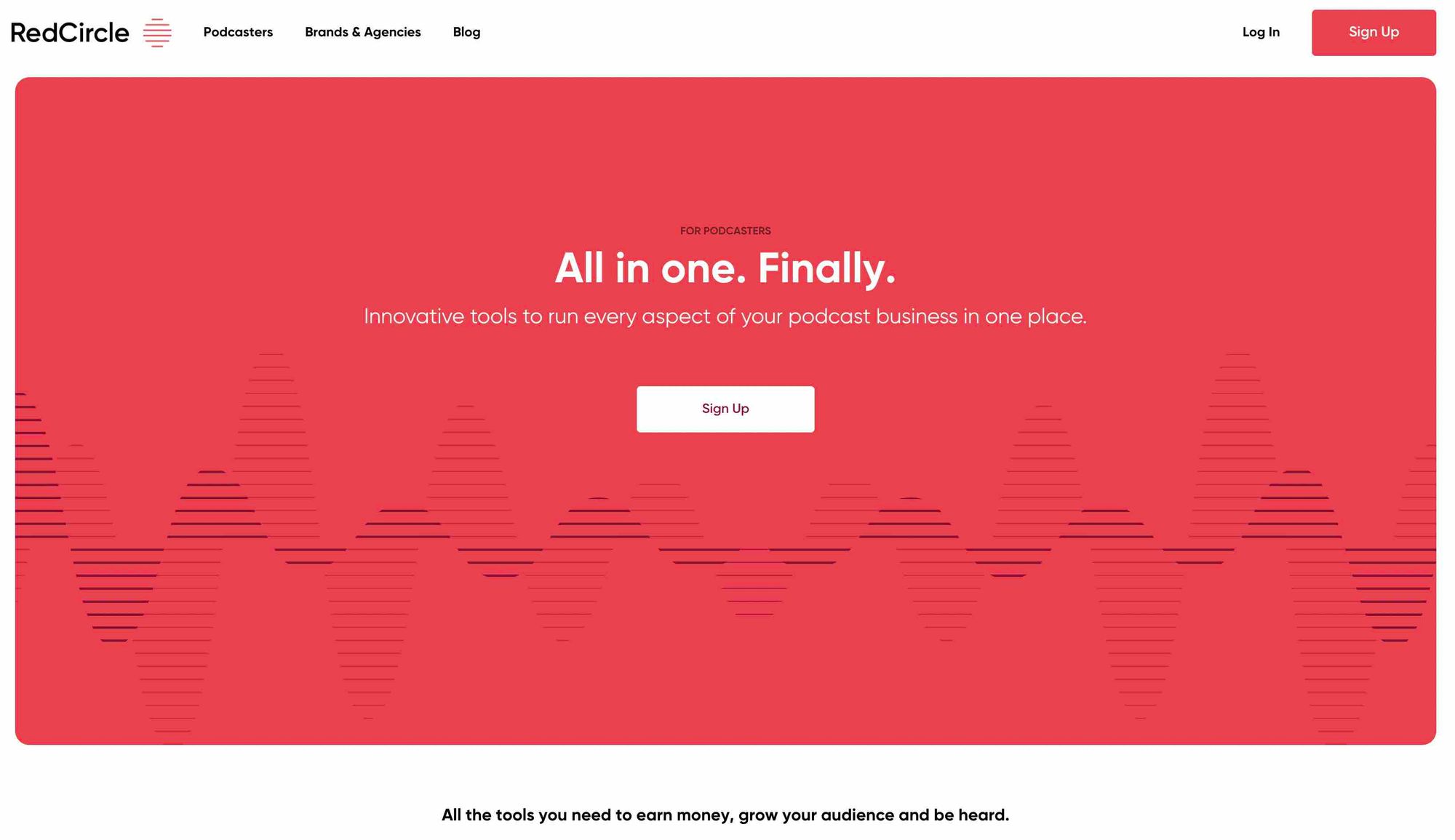
RedCircle works with you to build an inventory of agreed ad categories and brand deals, making the whole process easy. Once you’ve signed up, you’ll have complete control without having to sign any contracts or commitments. Even better, they’ll work away in the background to make sure all your available episodes have up-to-date and relevant ads.
Podcorn
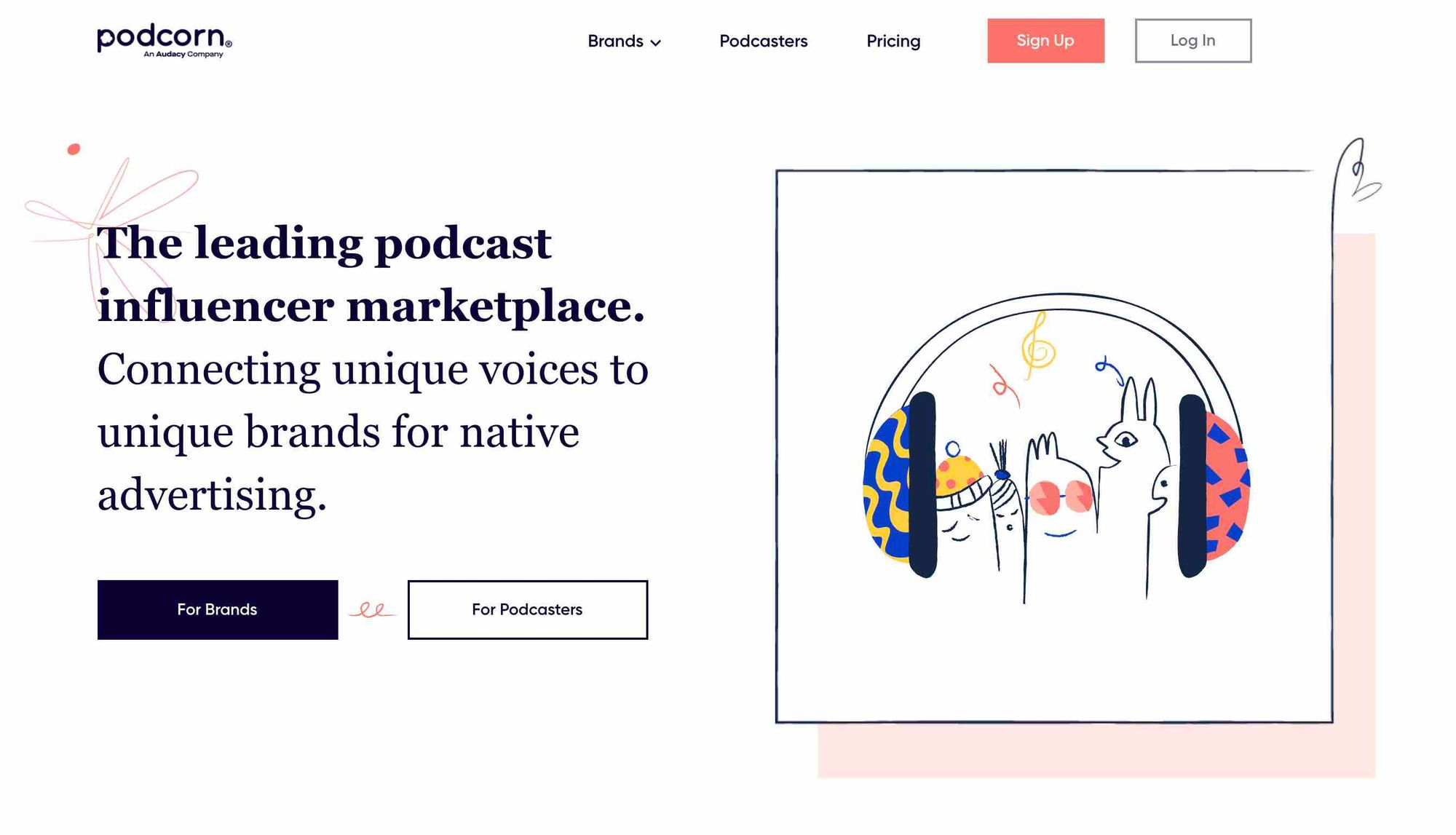
Podcorn works with podcasters and brands to maximise monetising potential. With flexible ad types, you’ll be able to exercise creativity over which ones you do (host-read, product reviews, branded interviews, etc). Payments are distributed via PayPal or Direct Debit.
Will Ads Ruin My Podcast?
As advertising continues to be the main means of income for podcasters, episodes can sometimes feel a little saturated with sales pitches. This can be worrying for hosts. The last thing they want to do is annoy listeners, disrupt the episode’s flow, or be accused of ‘selling out’.
In reality, you don’t need to worry about this if you stick to industry norms. Don’t over-do it, basically. Listeners more often than not expect to hear ads on popular podcasts. And it does actually give your show a level of credibility if sponsors are working with you.
That being said, listeners might get annoyed if you let your ads run on for too long (anything over 5 minutes). So keep them as short, entertaining, and fluid as you possibly can. 30 to 60 seconds is the norm. Try to avoid breaking up your content with more than 2 mid-roll ads as well - any more than that can be frustrating for the listener.
Lastly, make sure you’re always advertising products or services that are relevant to your audience. Completely missing the mark and serving unrelatable ads won’t get you very far. You wouldn’t advertise a beauty product on an MMA podcast, would you?
Summary
Hopefully by now you’ve got a much clearer idea of what actions you need to be taking in order to qualify for and secure your first few podcast sponsors.
Remember that it’s not a ‘get rich quick’ scheme. It takes a lot of hard work and dedication to get your show to this point. So don’t be disheartened if the money doesn’t come rolling in straight away. Good luck!

The #1 Podcasting Community
With more than 40,000 members, MatchMaker.fm is the largest online community connecting podcasters & guests.
Join MatchMaker todayIt's free to join!

